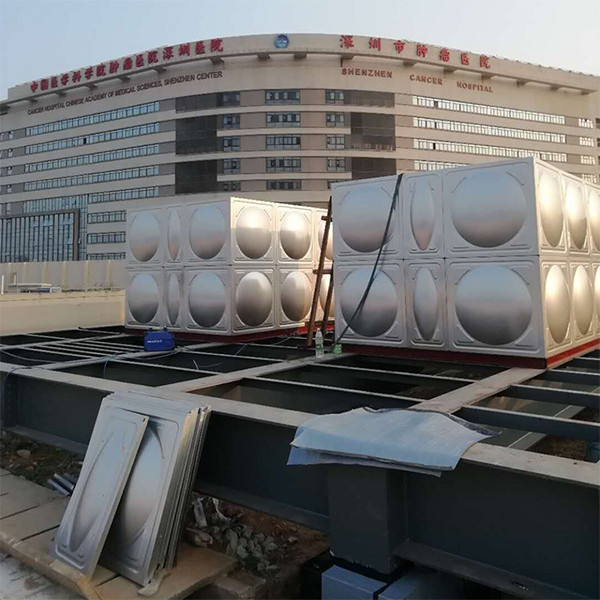In 1913, English metallurgist Harry Brearley, working on a project to improve rifle barrels, inadvertently discovered that adding chromium to low carbon steel gives it stain resistant. In addition to iron, carbon, and chromium, modern stainless steel may also contain other elements, such as nickel, niobium, molybdenum, and titanium.
Nickel, molybdenum, niobium, and chromium enhance the corrosion resistance of stainless steel. It is the uniting of a minimum of 12% chromium to the steel that makes it resist rust, or stain ‘less’ than other types of steel. The chromium in the steel links with oxygen in the atmosphere to form a thin, invisible layer of chrome-containing oxide, called the passive film. The sizes of chromium atoms and their oxides are similar, so they pack neatly together on the surface of the metal, forming a stable layer only a few atoms thick. If the metal is cut or scratched and the passive film is disrupted, more oxide will quickly form and recover the exposed surface, protecting it from oxidative corrosion.
Iron, on the other hand, rusts quickly because atomic iron is much smaller than its oxide, so the oxide forms a loose rather than tightly-packed layer and flakes away. The passive film requires oxygen to self-repair, so stainless steels have poor corrosion resistance in low-oxygen and poor circulation environments. In seawater, chlorides from the salt will attack and destroy the passive film more quickly than it can be repaired in a low oxygen environment.
Corrosion resistance is highest when the steel is exposed in a bold manner while the steel’s surface is kept free of any deposits.
Steel is renowned for having steel’s corrosion resistance in a wide range of situations where the low and high alloy alloys for tooling could be corroding. This corrosion resistance is due to the very small (about five millimeters) oxide layer on the surface of the steel. The oxide layer is often referred to as a passivity layer because it renders the steel’s surface electrochemically non-conductive when exposed to corrosive environments.The passive layer develops due to chrome in stainless steel. The stainless steel has to contain a minimum 10.5 percent chromium that the layer of passive develops. The higher the amount of chromium added, the more solid the passive layer will become and the higher its corrosion resistance. (For more information on chromium read the role of chromium for Intergranular Corrosion.) Other elements like molybdenum, manganese, and nickel can be added to increase stainless steel corrosion resistance.
Another condition for the creation as well as maintenance of the layer passive is that the steel surface has to be subjected to oxygen. The corrosion resistance is the greatest when steel is exposed in a bold manner as well as the steel surface kept clean of stones. If the passivity is destroyed in conditions that do not allow repair of passive films it is likely that stainless steel can corrode as low-alloy or carbon steel. For instance that covering a small portion of the surface — for instance, through painting, biofouling or installing a gasket — creates an oxygen-depleted area beneath the area that is covered. The region that is oxygen-depleted will be anodic in comparison to the exposed surface, which could lead to the corrosion of the region that is covered.
:max_bytes(150000):strip_icc():format(webp)/GettyImages-109350291-58c83b415f9b58af5c11e03e.jpg)
In certain situations, the passive layer may disintegrate at specific locations on the well-exposed stainless steel surfaces. If this occurs it can cause the metal to cause localized corrosion. This is known as pitting corrosion. One of the most frequent causes of pitting corrosion can be due to exposure to water-based environments which contain chloride. Examples include coastal atmospheres and road salt mixed with rainwater or tap water with significant levels of chloride.
When fabricating stainless steel parts or structures It is possible to reduce its corrosion resistance. This happens during the time that the austenitic stainless steels (e.g., 304 grade) are exposed to temperatures that range from 797 °F (425degC) between 1598 degF and 797degF (870degC). If the time for exposure is prolonged, that metallic boundary with the grain is weakened in corrosion resistance and may be more easily damaged in a corrosive environment. The grains break up and the material decreases in strength. The increase in corrosion susceptibility due to the change in microstructure is known as sensibilization.

